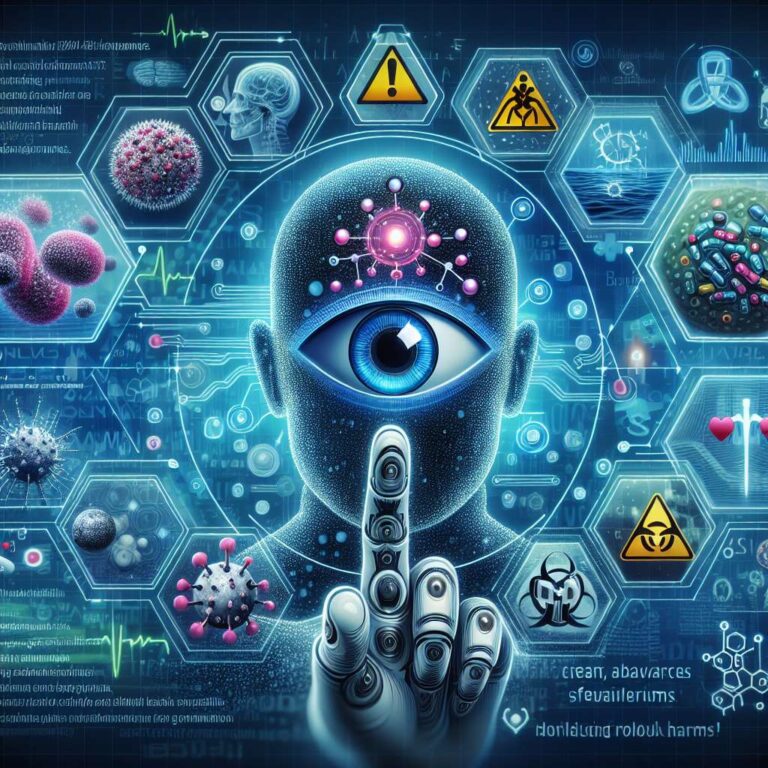The artificial intelligence hype index is presented as a simple, at-a-glance summary to help separate reality from hyped-up fiction in the industry. Interest in applying artificial intelligence to health and well-being remains high, and the last month delivered notable developments. Researchers used artificial intelligence to design new antibiotics aimed at hard-to-treat conditions, signaling a potential leap forward in drug discovery. At the same time, major platform providers OpenAI and Anthropic introduced new limiting features intended to curb potentially harmful conversations on their systems.
Not all recent news was positive. Reports indicate that doctors who became overreliant on artificial intelligence tools to help detect cancerous tumors experienced a drop in detection skills once they lost access to those tools. Separately, a case was reported in which a man fell ill after ChatGPT recommended replacing dietary salt with sodium bromide. These incidents highlight practical risks tied to overdependence on artificial intelligence for clinical and personal health decisions and reinforce concerns about accuracy, oversight, and user interpretation.
Taken together, the month’s developments underscore the dual nature of artificial intelligence progress: promising technical breakthroughs in areas such as antibiotic design coexist with real-world harms arising from misuse or inadequate safeguards. The index aims to present both sides so readers can weigh advances against risks. The combination of scientific progress, platform-level safety changes from OpenAI and Anthropic, and cautionary episodes argues for continued scrutiny, clearer guardrails, and thoughtful deployment when artificial intelligence is used to make important decisions about physical and mental health.

